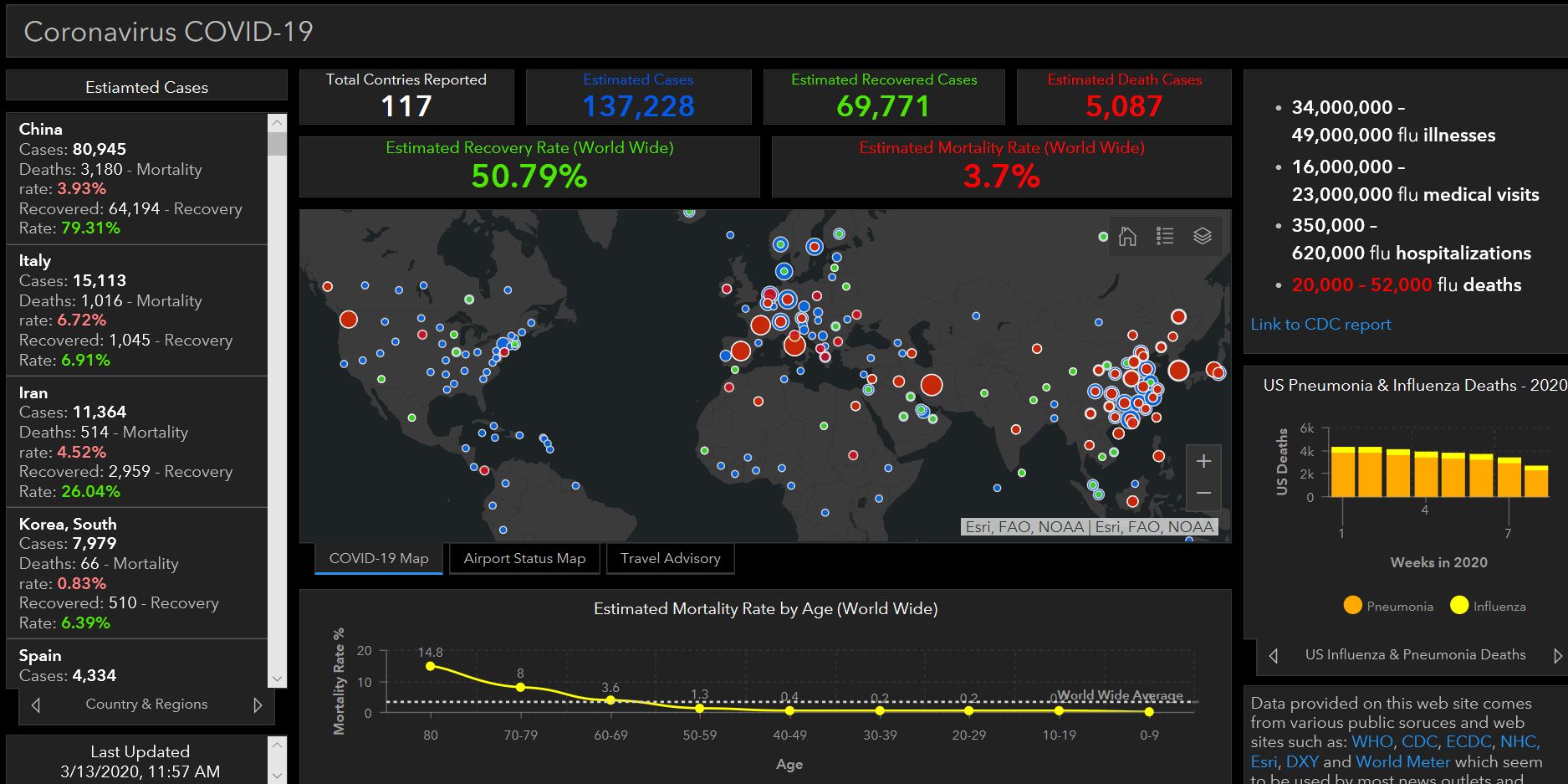This article may reference legacy company names: Continental Mapping, GISinc, or TSG Solutions. These three companies merged in January 2021 to form a new geospatial leader [Axim Geospatial].
Ensuring American Leadership in Automated Vehicle Technologies: Automated Vehicles 4.0 opens with a statement from U.S. Transportation Secretary Elaine Chow and U.S. Chief Technology Officer Michael Kratsios. The opening line reads: “As the world leader in technology, American innovation and ingenuity have historically transformed how we travel and connect with one another”. Chow and Kratsios continue, discussing the benefits of advanced AV technology, such as safety and spurred economic growth, along with stating how President Trump has stressed the importance of America’s continued leadership in emerging technologies.
The goals of the report are to provide high level guidance on automated vehicles across 38 federal departments, build upon the advances made since AV 2.0 and 3.0, and create a frame of reference for the next cycle of AV technological advancement.
The report’s core message is summarized in the opening by detailing ten U.S. Government principles broken out in three major categories. The goal is “to protect users and communities, promote efficient markets, and to facilitate coordinated efforts to ensure a standardized Federal approach to American leadership in AVs”.
The report is broken down into four sections, ranging from administration efforts supporting automated vehicle technology growth to government activities and opportunities for collaboration. Given the report’s density, this blog post will solely cover the first section.
The first section of AV 4.0 discusses United States’ commitment to fostering surface transportation innovations such as automated vehicle technology and the need for appropriate government oversight associated with these advancements.
This section also delves into potential benefits associated with automated vehicle technologies including improved safety, reduction of roadway fatalities, improved quality of life, access, mobility, lower energy usage, and improved supply chain management. Additionally, AV 4.0 points to potential economic benefits resulting from AV technology, including increased economic productivity and efficiency, reduced commuting time and even potential reduction of environmental impact.
Here is a summary of the three core categories that contain the ten principles set forth in AV 4.0:
1. Protect user communities: AVs have the potential to improve physical safety of all roadway travelers by focusing on public safety, security and privacy. The U.S. government plans to achieve this by:
-
- Prioritizing safety – By monitoring the integration of AV tech, addressing potential safety risks, and enforcing safety regulations, public confidence and safety will be a top priority for USDOT.
- Emphasizing security and cyber security – The U.S. government will support the design and implementation of secure AV tech by working with developers, manufacturers, integrators, and service providers closely. This will safeguard and mitigate against threats to security and public safety posed by criminal activity.
-
- Ensuring Privacy and Data security – The use of a holistic, risk based approach will help protect driver, passenger, and third-party data.
-
- Enhancing mobility and accessibility – The Department of Transportation wants to assure the rights for all Americans to continue to drive manual vehicles alongside AVs, as well as providing additional options for people with disabilities or mobility issues to have access to safe, affordable, and accessible transportation.
2. Promote Efficient Markets : The U.S. government will support the American autonomous vehicle market by:
-
- Remaining Technology Neutral – the position of the U.S. government is to let the public choose the most economic and effective transportation solutions.
-
- Protecting American Innovation and Creativity – the advancement of pro-growth policies, alongside intellectual property rights, patents, trademarks, copyrights, and trade secrets will prioritize American economic prosperity and competitive innovation.
-
- Modernizing Regulations – The government has plans to update existing laws and eliminate outdated laws surrounding AV development, accessibility, and safety. They want to promote consistent regulations among state, local, tribal, territorial and international entities.
3. Facilitate Coordinated Efforts: Unifying federal, state, local, tribal, territorial and international entities in the development of AV technologies is important to the Department of Transportation. They plan to:
-
- Promote Consistent Standards and Policies – The U.S. government will prioritize and advocate for voluntary consensus standards and evidence-based, data-driven regulations.By unifying local, state, federal, and international government agencies, advanced policies can be put in place to support the integration of automated vehicles on the road.
-
- Ensure a Consistent Federal Approach – The Department of Transportation will proactively facilitate coordination of AV research, regulations, and policies across the federal government to ensure maximum effectiveness and leverage inter-agency resources. They will also prioritize American-made technologies.
-
- Improve transportation system-level effects – The U.S. government will focus on opportunities to improve transportation system-level performance, efficiency, and effectiveness while avoiding negative transportation system-level effects from AV technologies.






